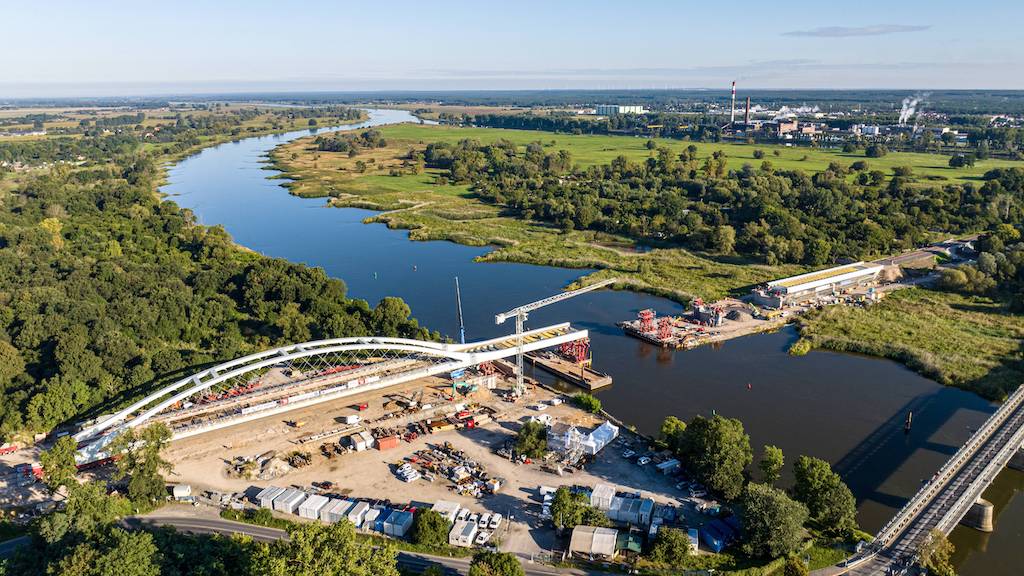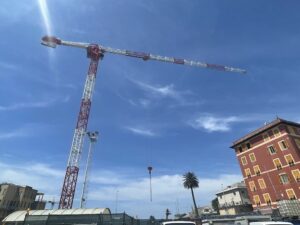The historic Oder Bridge, a symbol of European unity for over a century, has undergone a remarkable transformation. Situated on the German-Polish border in Küstrin, this vital link between Western and Eastern Europe has been replaced with a groundbreaking network arch bridge, marking a world-first achievement in engineering.
The new Oder Bridge stands as a testament to innovation, featuring sleek design and carbon hangers. This state-of-the-art structure not only preserves the historical significance of the crossing but also enhances connectivity and efficiency.
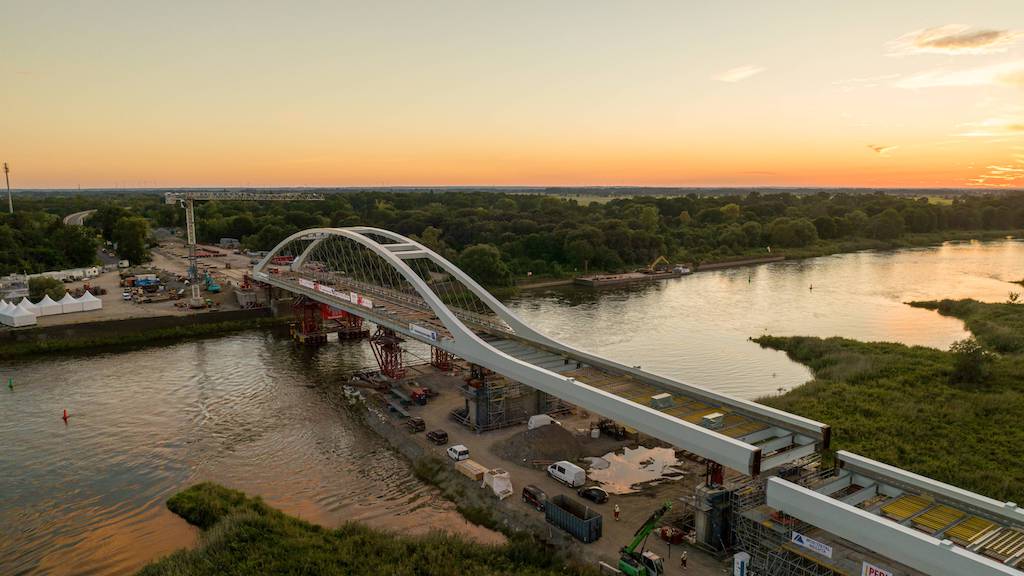
With a weight of 2,100 tons and spanning 180 meters, the bridge promises to increase line capacity and reduce travel times, allowing trains to reach speeds of up to 120 km/h.
The project, spearheaded by Mammoet, a leader in heavy lifting and transport solutions, showcased a depth-defying challenge. Traditional methods involving cranes and pontoons were rendered impractical due to shallow river depths and the bridge’s weight and length.
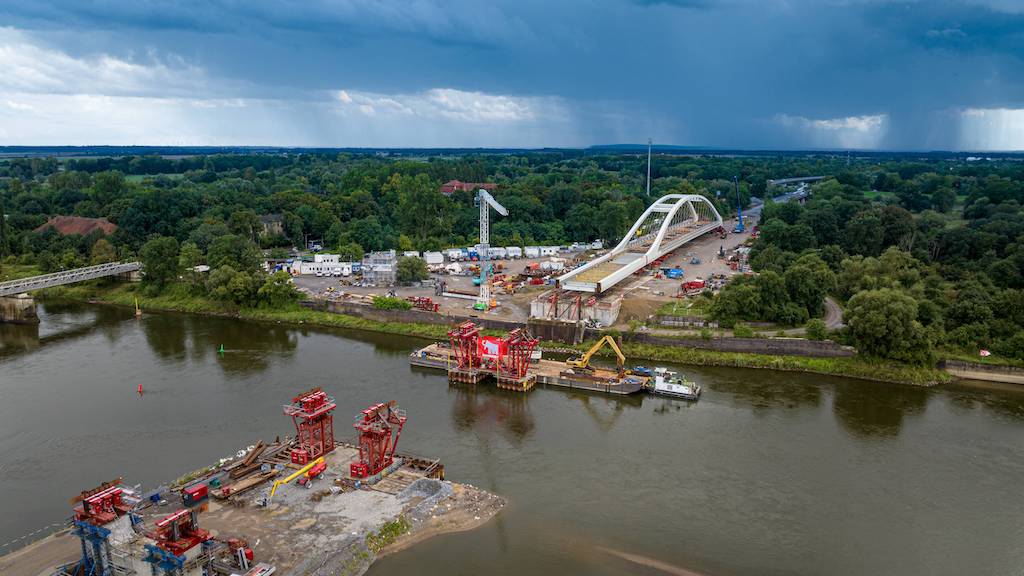
Mammoet’s engineers devised a solution that sidestepped these obstacles, allowing for the seamless transportation and installation of the bridge. Through a meticulously planned process involving self-propelled modular transporters (SPMTs), launching plates, and strand jacks, the bridge was safely maneuvered into its final position.

Key modifications, including the use of hydraulic cylinders and spherical bearings on launching plates, ensured precise control and minimized the risk of structural deformation during the launch process.
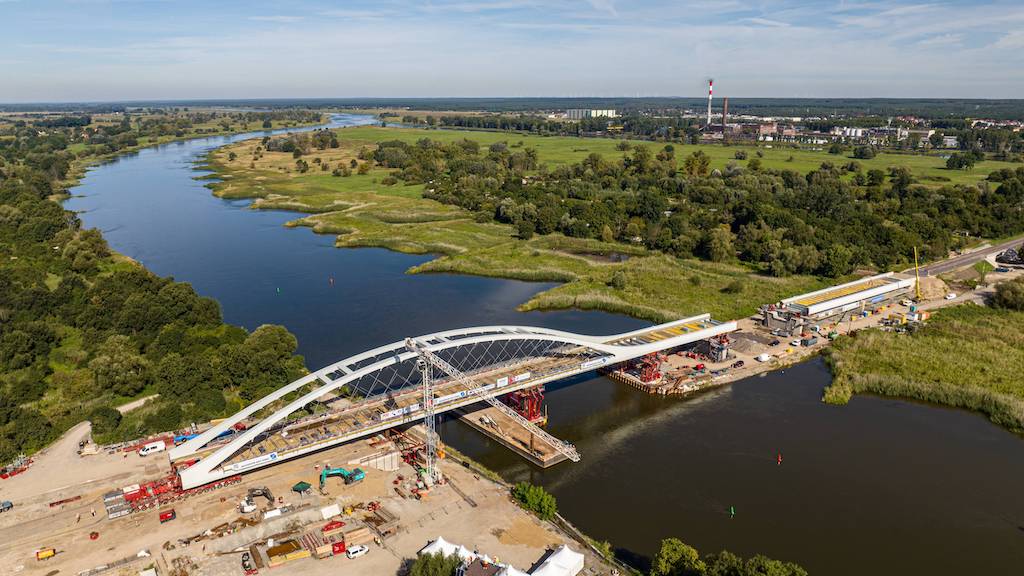
Looking ahead, the techniques developed for the Oder Bridge project pave the way for future innovations in bridge construction. By leveraging smart solutions like modified launching plates, Mammoet aims to revolutionize the industry, ensuring seamless execution even in the most challenging environments.


